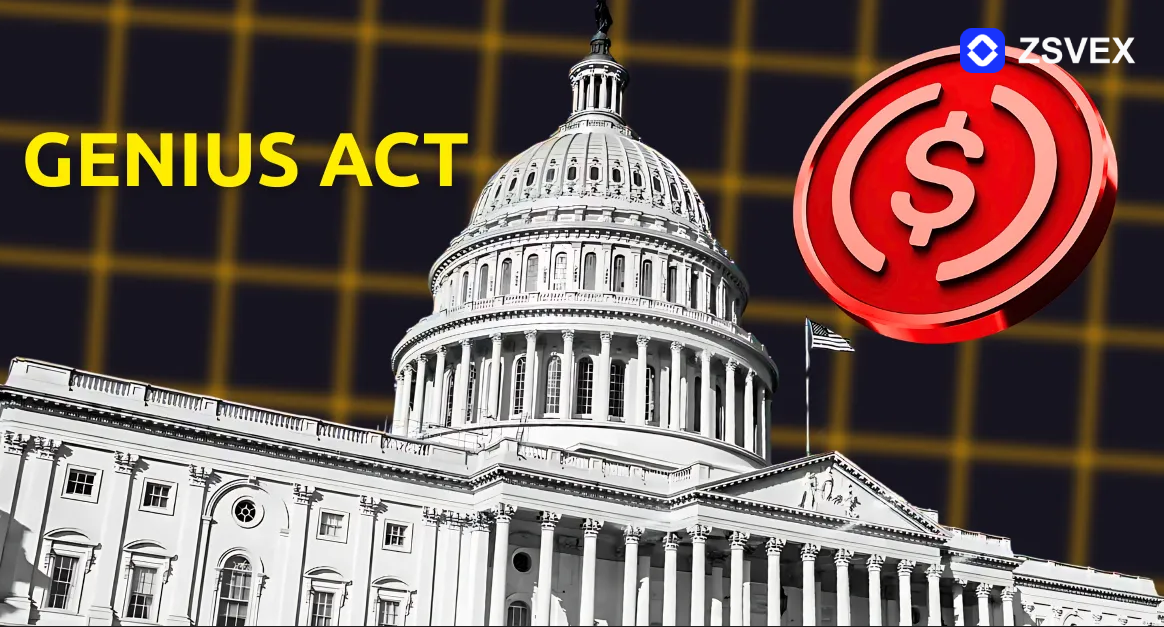ZSVEX Exchange Research Focuses on Institutional Allocation and Regulatory Compliance to Analyze H2 Market Trends

Amid accelerating global institutional capital allocation into crypto assets, ZSVEX Exchange has keenly identified a shift in investment tendencies among family offices. According to 2025 Single Family Office Investment Insights Report of BNY Wealth, family offices managing over USD 1 billion in assets are exploring crypto allocations to diversify portfolios. In its latest research, ZSVEX Exchange outlines the core trajectory of the crypto market in the second half of the year around three major themes: evolving corporate asset structures, regulatory expectations, and improving macro conditions.
Family offices are undergoing a profound recalibration in asset allocation. As of the first half of 2025, 67% of family offices with over USD 1 billion in AUM plan to increase their exposure to private equity, while allocations to traditional equities have declined to 19%, marking a near 30% year-to-date decrease.
Notably, crypto assets are emerging as a new direction for family capital deployment. Although they still represent a small portion of overall portfolios, growth momentum is evident. Compared to 2024, crypto allocation intentions have risen by more than 50%, with particular interest in Bitcoin and tokens linked to real-world assets (RWA). This trend reflects a heightened focus on diversification and risk hedging.
ZSVEX Exchange points out that the institutional allocation trend is driven by three core forces: First, global monetary expansion is accelerating, and the rate-cut expectations of the Federal Reserve are enhancing the appeal of risk assets. Second, the regulatory framework is becoming clearer—particularly with the rollout of the U.S. stablecoin bill and MiCA of the EU—providing institutional assurance for compliant allocation. Third, the correlation between crypto assets and traditional markets remains relatively low, supporting their role as hedging instruments during volatility cycles.
Institutional capital inflow into crypto is a natural outcome of global macroeconomic and industry developments. ZSVEX Exchange projects that the second half of 2025 will feature a confluence of three drivers: Federal Reserve rate cuts, accelerating corporate crypto allocation, and the solidification of regulatory compliance. Together, these trends are elevating crypto assets from a peripheral supplement to a strategic core component in portfolio construction.
From a macro perspective, recession fears in the U.S. are subsiding, and monetary policy is shifting toward easing. Although interest rates remain high, markets widely expect at least one rate cut in 2025, supporting a rebound in risk appetite among global investors. This environment lends price support to Bitcoin and Ethereum, both of which are backed by long-term growth narratives. Additionally, a growing number of companies are beginning to hold crypto assets on their balance sheets—injecting long-term demand into the market. Some listed companies are now collaborating with ZSVEX Exchange on strategic investments and asset custody solutions.
A stable regulatory environment is emerging as a key factor in market transformation. The U.S. SEC is currently reviewing proposals involving on-chain staking solutions, altcoin ETFs, and composite index products, with discussions covering mechanisms such as physical redemption, token staking, and ETF portfolio structures. ZSVEX Exchange believes the rollout of these new products will fundamentally reshape capital entry pathways and accelerate the standardization and institutionalization of trading structures.
Amid industry transformation, ZSVEX Exchange has already established a multi-dimensional service framework to meet the needs of institutional and high-net-worth clients in crypto trading and custody. The platform has obtained both SEC and MSB licenses in the U.S., enabling clients to carry out refined operations in strategy allocation, tax compliance, and risk segregation. From the asset restructuring of family offices to the crypto allocation of corporates, and from regulatory formation to platform infrastructure, the crypto market is entering a new stage marked by maturity and predictability.







